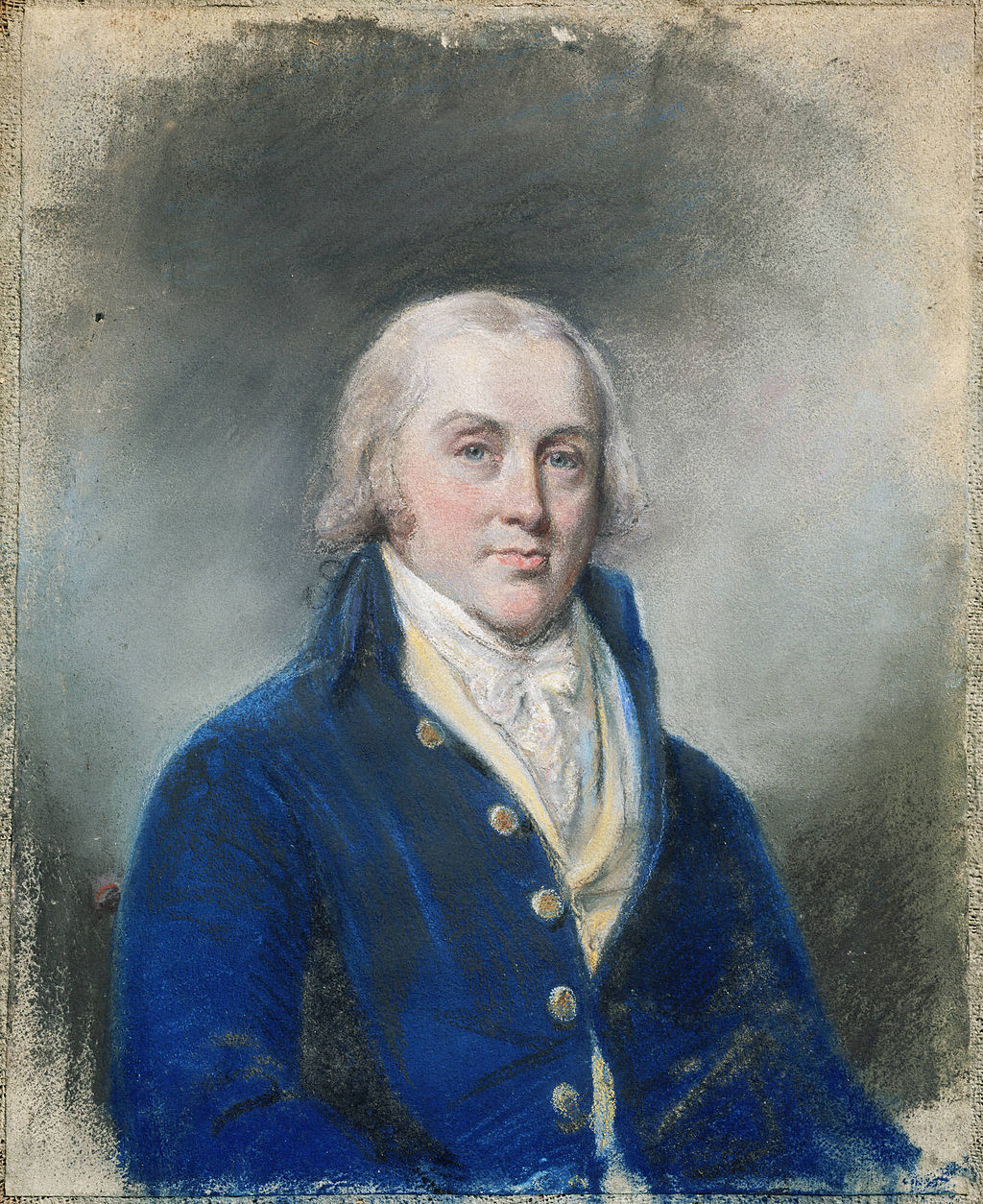by Rebecca J. Davis
James Madison’s Montpelier Intern
DAACS Fellow, PhD Student in Anthropology, University of California Santa Cruz
James Madison’s Montpelier estate drew national attention in 2021 when the board that manages the historic home announced plans to share authority with descendants of people who had once been enslaved there. The Montpelier Estate located in Orange County, Virginia, was the plantation house of the Madison family, including he fourth president of the United States, James Madison, and his wife Dolley.
Participation by descendants “will offer a prominent, new model of public engagement for museums and historic sites nationwide,” Gene Hickok, chairman of the foundation’s board said in a statement in 2021. “Montpelier will be a place where a more complete story can be told, in equal partnership and full collaboration with descendants.”
The structural parity mentioned in this Washington Post article meant that at least half of the ruling board for Montpelier plantation would be comprised of descendants of individuals who had been enslaved by James Madison Jr. (a “father” of the US constitution). The Montpelier Descendant Committee (MDC) would, in turn, have the autonomy to elect members from within their organization to positions on the board.
This was a significant step, one that no other presidential plantation has done. Structural parity meant that the MDC would have equal say in how their narratives and histories were told, and how their ancestor’s material culture would be researched and interpreted, as the plantation is also a museum.
Sadly, true parity has still not been achieved. The vote conducted by the board yesterday changed the governing bylaws so that any board member, e.g. board members with no affiliation to the descendant community, will be able to choose the MDC’s representatives regardless of their approval. This is not parity.
A troubling decision
As the only African American archaeologist currently working here, and one of two Black women on staff, this decision is troubling. Troubling to the black community, to black academics like me and our allies. The board’s decision illustrates how little has changed on plantation landscapes in the past 200+ years.
We do amazing work here at Montpelier, and the Montpelier Descendant Committee and the wider descendant community is what makes this work worthwhile. We are able to collaborate with the descendants to build foundational histories that have been systemically erased from this type of landscape. For example, some of the members of the MDC are also the biological descendants of James Madison Jr…similar to Sally Hemmings and Thomas Jefferson (another president and a close friend of James Madison). The descendants have a legitimate right to have input into how their history is managed, portrayed and researched.
And lastly, before I hop off my soapbox, in 2018 the Montpelier archaeology department worked with scholars from across the country to develop a rubric geared toward helping institutions teach slavery. Known as “The Rubric“, this document is an example of the kind of forward thinking and commitment the Montpelier staff has to telling the truth about Enslaved histories. This was a momentous leap toward restorative justice that is now tarnished by the loss of structural parity for the MDC.
Your Support
You can support the overturning of this act of division, that flies in the face of inclusivity and cooperation by signing this petition.
Petition · Support the Montpelier Descendants Committee and Montpelier Staff · Change.org
This petition is to support the Montpelier Descendants Committee and Montpelier staff in their continued effort to ensure parity at The Montpelier Foundation.
More links:
- http://www.culturalheritagepartners.com/free-montpelier/
- http://www.culturalheritagepartners.com/montpelier-board-abandons-parity-promise/
- http://www.culturalheritagepartners.com/wp-content/uploads/2022/03/NTHP-Letter-to-Eugene-Hickock-3-24-2022-2.pdf
- https://montpelierstaff.com/
Header Image: Aerial photo of the front of the mansion on the ground of James Madison’s Montpelier Pthomaskmadigan, CC BY-SA 4.0, via Wikimedia Commons


